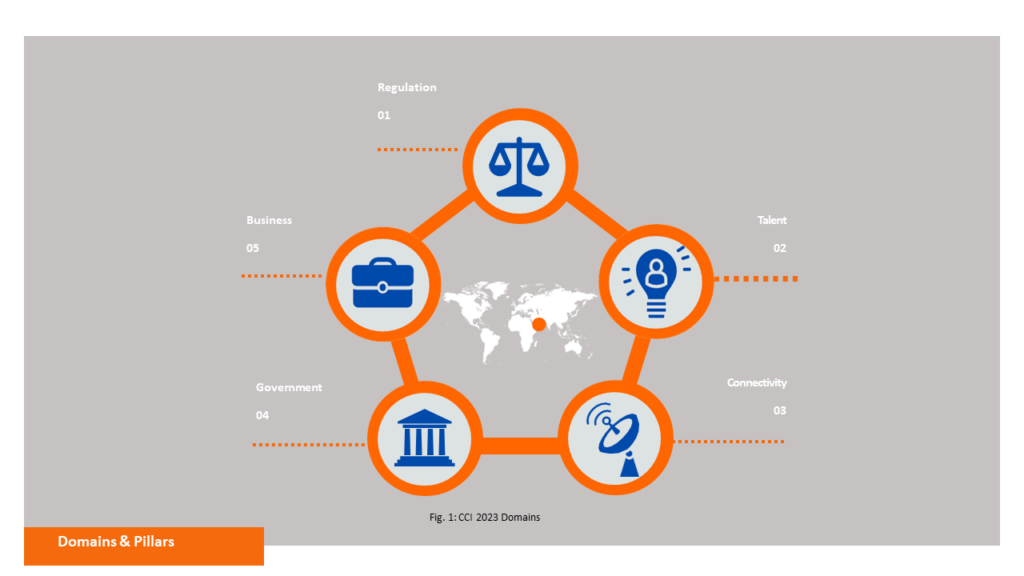Software as a Service – How To Deliver Excellence in The Cloud
The MENA Cloud Alliance (MENACA) is a non-profit, vendor-neutral industry association focused on strengthening Middle East and North Africa cloud markets. MENACA leverages the unique community of major players in the regional tech ecosystem. It is the only industry association focused on cloud computing in the region. It has just produced the Cloud Competitiveness Index 2023, the most comprehensive regional review of the health of the cloud computing infrastructure and which I can highly recommend.
The Cloud Competitiveness Index 2023 is a project that provides an overview of the current state and prospects of the cloud ecosystem in fifteen countries in the region. The report includes an index that measures the competitiveness of the cloud computing market in these countries and provides a tool for identifying the strengths and weaknesses of the regional economies. It aims to provide everyone with a fact-based understanding of the status of the cloud ecosystem in these countries. It is a must-read document on the cloud for any bank considering digitisation or major change!
MENACA worked with some of the best minds in the industry to develop the 2023 Index. They also refined their methodology to provide a more accurate and objective portrayal of the regional cloud landscape. The team at the alliance also designed an interactive tool to help visualise their findings.
The Index was developed to encourage conversations within the cloud computing ecosystem, measure the health of the cloud market, and track regional economies’ progress in adopting cloud technologies.
MENA The Vibrant Hub of Innovation
The Middle East and North Africa region is home to some of the world’s most innovative and tech-savvy nations. The report points out that as these countries transition from oil-dependent economies to digital ones, they have become pioneers of cutting-edge technology. Internationally, the move to the cloud is accelerating, powered by the fallout from the Covid-19 pandemic and the sudden, seismic shift to home working.
Now a looming recession is squeezing the banks’ expected profit margins. An understandable and natural conservatism on adopting the cloud has been shaken off with the help of regulators who have woken up to the cost savings, improved security and almost infinite scalability of cloud systems.
The cloud is now expected to deliver on many aspects of our lives and provide a foundation for more emerging technological advancements of the future, including artificial intelligence.
However, this transition comes with challenges, such as dealing with regional regulation, security, talent, connectivity, and government and business community support. To make informed decisions, players in the ecosystem need to understand the current state of regional cloud computing markets. This report provides that.
What is helpful about this report is that it recognizes that cloud competitiveness can vary significantly depending on the economic and institutional context. I see this report as an opportunity for dialogue, debate, and ongoing learning.
What is the index
In the report, cloud competitiveness refers to the policies, practices, and characteristics that allow a country to use cloud computing effectively. The index provides a way to evaluate what makes a country more conducive to cloud services. The report comprises domains and sub-domains (pillars) contributing to a country’s overall score. The final ranking is calculated using the average scores in each of the five domains.
